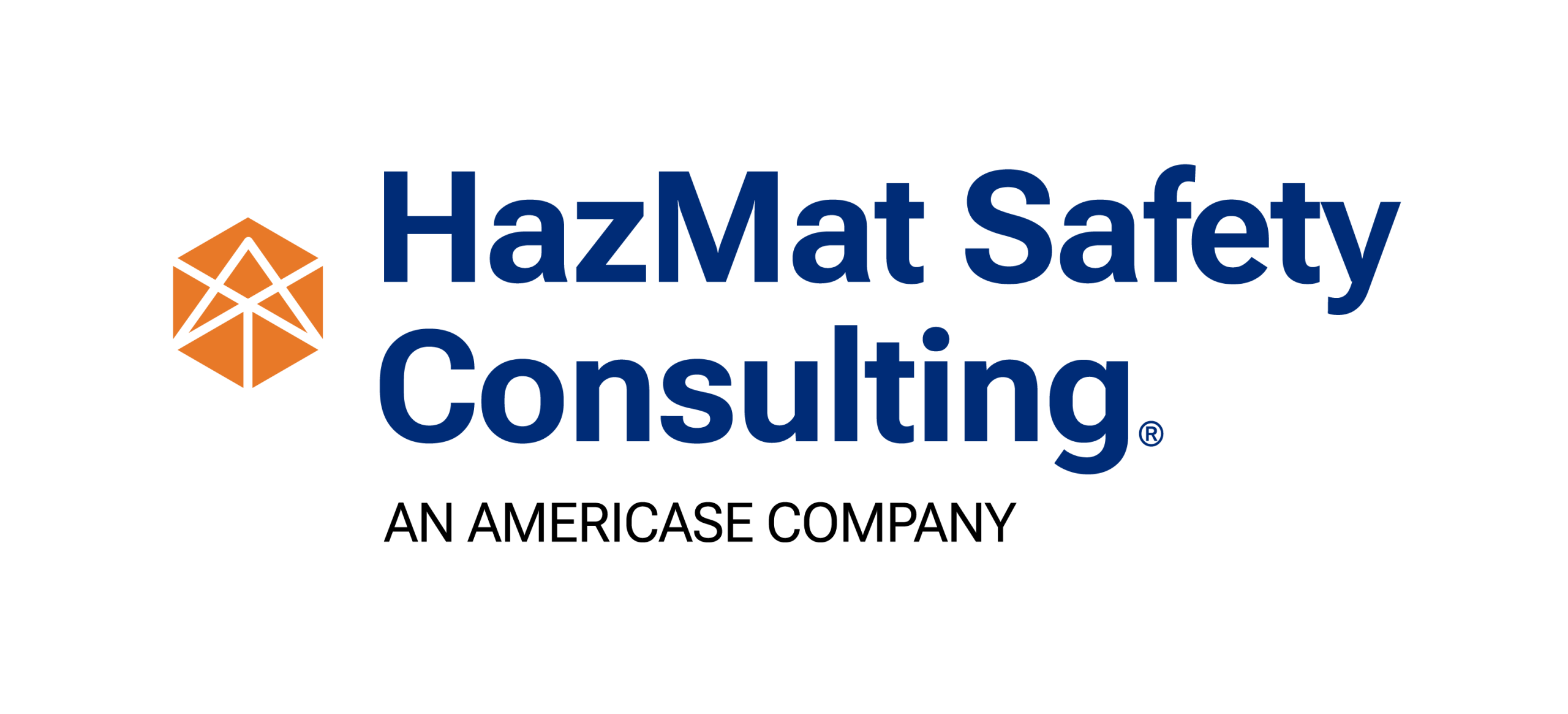HM-219C
On November 25, 2020, the Pipeline and Hazardous Materials Safety Administration (PHMSA) finalized the HM-219C rulemaking, incorporating numerous petitions for rulemaking. This was a very significant action that impacts activities across the hazardous materials transport industry. Here is a rundown on the changes found within HM-219C:
Through HM-219C, PHMSA is:
- Revising § 173.31 to prohibit the use of tank cars with shells or heads constructed of non-normalized steel in the transportation of poison-by inhalation hazard (PIH) materials by rail after December 31, 2020.
- Harmonizing availability of limited quantity shipping exceptions for more than 100 entries for corrosive materials in the Hazardous Materials Table (HMT, § 172.101).
- Revising § 172.302(b)(2) to allow a minimum height of 12 mm (0.47 inches) for a proper shipping name marked on a portable tank with a capacity of less than 3,785 L (1,000 gallons).
- Revising § 173.28(c)(1)(i) to allow for regulatory flexibility for cleaning metal drums for reuse and clarifying the existing cleaning standard.
- Revising § 173.5b to allow for the continued use of portable and mobile refrigerator systems placed into service prior to 1991 that are rated to a minimum service pressure of 250 pounds per square inch (psig).
- Incorporating by reference updated editions of multiple Compressed Gas Association (CGA) publications into § 171.7.
- Removing the reference to special provision 103 in § 172.101 from Column (7) for four HMT entries.
- Removing the words ‘‘manufactured before September 1, 1995’’ from § 180.417(a)(3) to allow for an alternative report for cargo tanks manufactured after September 1, 1995.
- Revising the basis weight tolerance provided in § 178.521 from ±5 percent to ±10 percent from the nominal basis weight reported in the initial design qualification test report for paper shipping sacks.
- Revising § 173.308(d)(3) to harmonize with the International Maritime Dangerous Goods (IMDG) Code by removing the requirement for a closed transport container to have the warning mark ‘‘WARNING—MAY CONTAIN EXPLOSIVE MIXTURES WITH AIR—KEEP IGNITION SOURCES AWAY WHEN OPENING’’ when transporting lighters.
- Revising §§ 173.244(a)(2) and 173.314(c) to make the ‘‘interim’’ rail tank car specifications the ‘‘final’’ specifications for the transportation of PIH materials
- Revising § 173.31 to prohibit the use of certain rail tank cars for the transportation of PIH materials after December 31, 2027.
- Allowing all waste materials to be managed in accordance with the lab pack exception and associated paragraphs in § 173.12 irrespective of whether they meet the definition of a hazardous waste per Environmental Protection Agency (EPA) regulations implementing the Resource Conservation and Recovery Act (RCRA).
- Incorporating by reference the 2017 edition of the American Society of Mechanical Engineers (ASME) Boiler and Pressure Vessel Code (BPVC) Sections II (Parts A and B), V, VIII (Division 1), and IX into § 171.7.
- Revising §§ 171.23, 173.302, and 173.304 to permit the import of filled pi-marked (π) foreign pressure receptacles for intermediate storage, transport to point of use, discharge, and export as well as the import of certain pi-marked foreign pressure receptacles for filling, intermediate storage, and export.
- Revising § 172.101(c) to clarify that the word ‘‘stabilized’’ must be included as part of the proper shipping name when stabilization is required for transportation.
- Revising § 171.7(r) to update the address of the Institute of Makers of Explosives (IME) and to incorporate by reference the Association of Energy Service Companies (AESC)/IME Jet Perforating Gun (JPG) Standard, also known as the ‘‘Guide to Obtaining DOT Approval of Jet Perforating Guns using AESC/IME Perforating Gun Specifications,’’ Ver. 02, dated September 1, 2017.
- Incorporating by reference the January 1, 2018, edition of the American Pyrotechnics Association (APA) Standard 87–1 A, B, C, ‘‘Standard for Construction and Approval for Transportation of Fireworks, Novelties, and Theatrical Pyrotechnics,’’ replacing the December 1, 2001 edition into § 171.7.
As you can see, there is a lot of changes found in this one rulemaking. The complete text of the rulemaking can be found HERE. If you have any questions about how this rulemaking may impact your business, please reach out to HSC, we will be happy to help!
